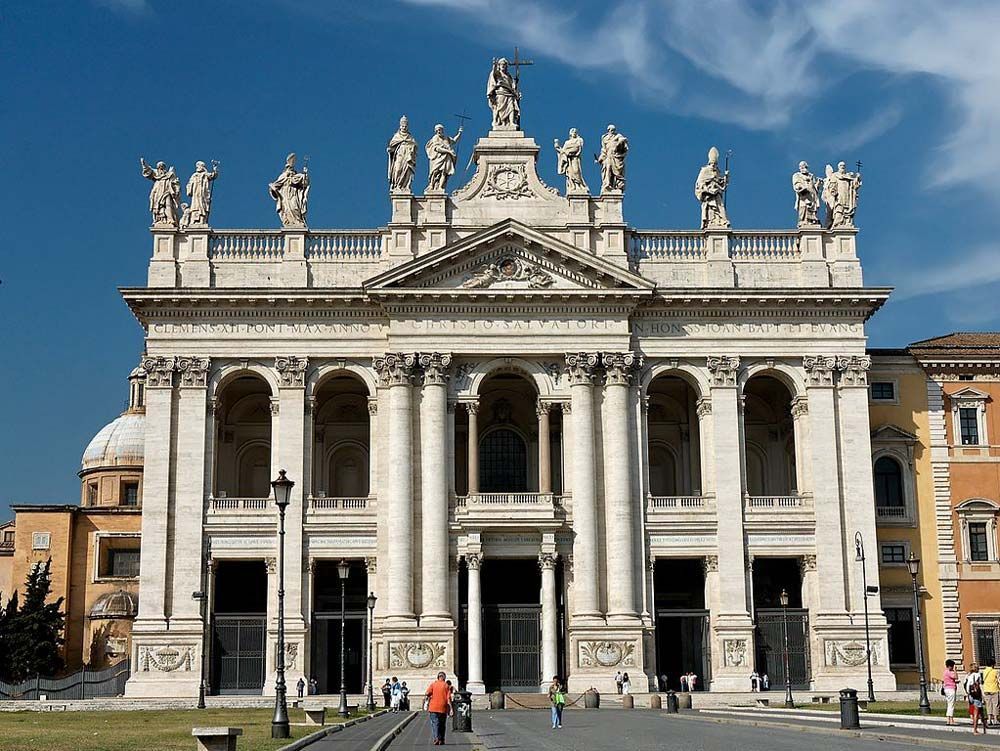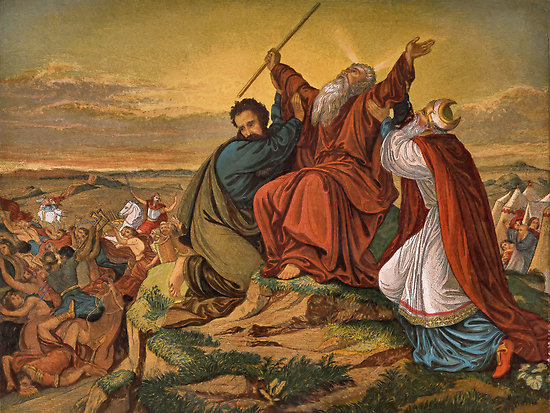2nd Sunday of Lent - March 16, 2025
2nd Sunday of Lent C
March 16, 2025
One of my memories of being a student at SUCO in the 1980s were my trips to sit and pray at Table Rock, just above the Hartwick Campus. At that time, I could look down on the world’s largest train roundhouse.
Going up high gives one a new perspective. The disciples saw Jesus in a new way. Going down the mountain meant continuing their journey to Jerusalem. As we know when Luke uses the word Jerusalem he is speaking about passion, pain, and death. Resurrection comes later.
Standing on a mountain top the world feels very different. The problems of the world are far below us. One comes down off the mountain with a new vision. Even if they were allowed, how could the disciples describe what happened on that mountain.
Mountain top moments is one way we speak of the spiritual moments in our lives. A mountain top experience may take place anywhere and at any time. I am reminded of the moment Thomas Merton describes in Louisville.
“In Louisville, at the corner of Fourth and Walnut, in the center of the shopping district, I was suddenly overwhelmed with the realization that I loved all those people, that they were mine and I theirs, that we could not be alien to one another even though we were total strangers. It was like waking from a dream of separateness, of spurious self-isolation in a special world, the world of renunciation and supposed holiness… This sense of liberation from an illusory difference was such a relief and such a joy to me that I almost laughed out loud… I have the immense joy of being man, a member of a race in which God Himself became incarnate. As if the sorrows and stupidities of the human condition could overwhelm me, now I realize what we all are. And if only everybody could realize this! But it cannot be explained. There is no way of telling people that they are all walking around shining like the sun.”
When have you had mountain top experience?
Where did it take place? What were you doing at the time?
(Pause here)
Lent is a season for adjusting how we look at ourselves and the world. In Two weeks, we have gone from the desert to the mountain top. Next week we will stand before a burning bush and ask God what do we do now?
Last Sunday I joined 200 Catechumens who placed their names in the book of the Elect as they prepared to celebrate the rites of initiation at the Easter vigil. For the past year of so they have been looking for a relationship with Jesus and the Community. These 40 days of Lent are their final retreat as they adjust their vision to be disciples of Jesus. We journey with them as we fast, pray and give alms. Let our disciplines of Lent help us to invite “mountaintop” experiences into our lives.






